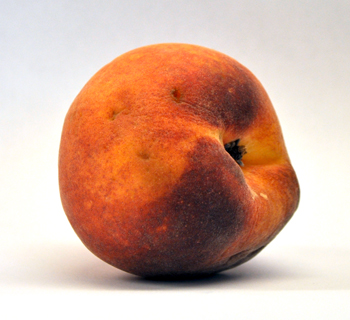Eating for Cancer Prevention
Return to Heath and Nutrition Agent Articles

Few things in life are scarier than coming to terms with a cancer diagnosis. According to the Centers for Disease Control and Prevention, cancer is the second leading cause of death in the U.S. and is responsible for nearly 1 of every 4 deaths. Financially, cancer costs the U.S. $263.8 billion dollars in medical costs and lost productivity every year.
The following are risk factors that increase one’s odds for developing cancer:
- Being overweight or obese
- Unhealthy diet high in processed foods
- Lack of physical activity
- Tobacco use
- Alcohol use
- Infections (hepatitis, HPV)
- Environmental pollution (air, water, and soil)
- Occupational Carcinogens (Asbestos)
- Radiation (UV light, Radon gas)
The following are steps you can take to reduce your cancer risk:
- Maintain a healthy weight throughout your life
- Balance caloric intake from food and beverages with physical activity
- Limit high caloric foods and beverages
- Decrease food portions
- Limit high calorie snacks
- Develop a habit for regular physical activity (aim for 30 minutes per day)
- Visit www.choosemyplate.gov and http://www.ext.colostate.edu/pubs/foodnut/09332.html for healthy, cancer-prevention eating tips.
- Reduce intake of saturated fat, processed meat and red meat
- Use vegetable oils when cooking (canola, corn, or olive oil) instead of solid fats (butter, or lard)
- Purchase fat-free or low-fat milk instead of whole milk
- Trim fat and skin from meat
- Decrease consumption of fried foods
- Eat smaller portions
- Pay attention to fat content on food labels
- Substitute low-fat products in recipes
- Consume meat that has lower levels of saturated fat, such as seafood
- Use meat as a side dish, in small portions
- Consume lean meats like fish and skinless poultry
- Consume alternative protein sources such as beans and legumes
- Limit intake of salt-cured and charred foods
- Cover grill with aluminum foil to protect the food from smoke and fire
- Cook meat until done, but do not char it
- Remove charred portions before eating
- Precook foods in the microwave to decrease grilling time
- Increase consumption of fruits, vegetables and whole grains
- Consume alcoholic beverages in moderation
- Instead of alcohol, try non-alcoholic wine, beer, mineral or tonic water, cider, grape juice, or fruit juice
- Always provide non-alcoholic beverages and nutrient-dense foods at social gatherings
- Drink alcohol in moderation — no more than two drinks per day for men, and no more than 1 drink per day for women
Additional Resources
- American Institute for Cancer Research
- American Cancer Society
- National Cancer Institute — or call the Cancer Information Service at: 1-800-4-CANCER
Want more great food tips, recipes and nutrition info?
Sign up to receive In Good Health each month in your email inbox.